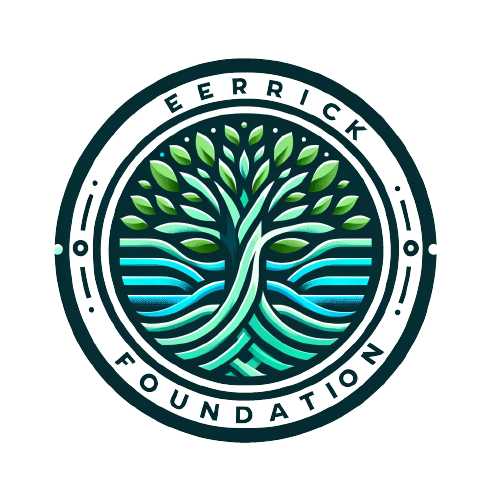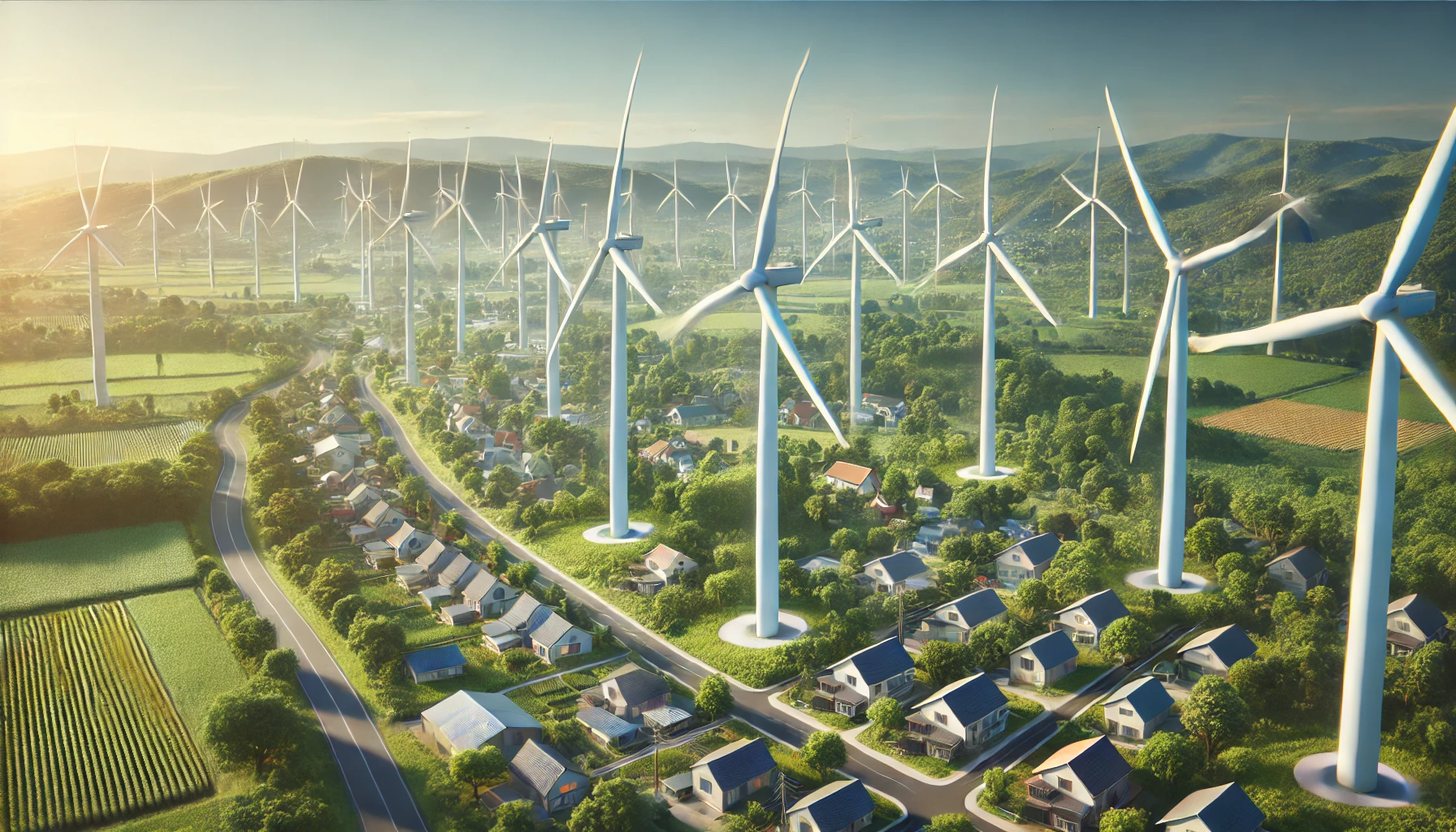Introduction to Wind Energy
Wind energy has rapidly emerged as a cornerstone of sustainable power solutions. Its potential to provide clean, renewable energy is not just beneficial for the environment but also economically advantageous for communities. Understanding how to harness wind energy effectively can empower localities to become more self-sufficient and resilient.
The Basics of Wind Energy
Wind energy is generated by converting the kinetic energy in wind into mechanical power. This process is facilitated by wind turbines, which are designed to capture the wind’s energy with their blades. As the blades turn, they drive a generator that produces electricity.
How Wind Turbines Work
- Wind Capture: Wind flows over the blades of a wind turbine, causing them to lift and rotate.
- Energy Conversion: The rotor connected to the blades spins a shaft, which is connected to a generator.
- Electricity Generation: The generator converts the rotational energy into electrical energy.
- Power Distribution: The generated electricity is then transmitted to the power grid or used locally.
This straightforward process allows communities to tap into an abundant, inexhaustible resource.
Benefits of Wind Energy for Communities
Harnessing wind energy for community power generation offers numerous advantages:
- Environmental Impact: Wind energy is a clean source of power, producing no greenhouse gas emissions during operation.
- Economic Benefits: Communities can reduce their dependency on external energy sources, potentially lowering electricity costs.
- Job Creation: The development, installation, and maintenance of wind turbines create local jobs.
- Energy Independence: By generating their power, communities can achieve greater energy security and resilience.
Setting Up Community Wind Projects
Starting a community wind project requires careful planning and consideration of several factors:
Site Selection
Choosing the right location is crucial. Factors to consider include:
- Wind Speed: Areas with consistent and strong winds are ideal.
- Land Use: The site should have minimal obstacles that could block wind flow.
- Proximity to the Grid: Sites close to existing power lines can reduce the costs of connecting to the grid.
Funding and Investment
Community wind projects often require significant upfront investment. Funding options include:
- Government Grants: Various government programs offer grants for renewable energy projects.
- Private Investment: Local businesses and residents can invest in the project.
- Partnerships: Partnering with energy companies can provide additional resources and expertise.
Regulatory Considerations
Compliance with local, state, and federal regulations is essential. This includes:
- Permitting: Obtaining the necessary permits for construction and operation.
- Environmental Impact Assessments: Ensuring the project does not adversely affect local wildlife and ecosystems.
- Zoning Laws: Adhering to local zoning regulations to avoid legal issues.
Overcoming Challenges in Wind Energy Projects
While the benefits of wind energy are significant, there are challenges to address:
Intermittency of Wind
Wind does not blow consistently, which can lead to fluctuations in power generation. Solutions include:
- Energy Storage: Using batteries to store excess energy during low wind periods.
- Grid Integration: Integrating wind energy with other power sources to ensure a steady supply.
Community Acceptance
Gaining community support is vital. Strategies to foster acceptance include:
- Education: Informing residents about the benefits and functioning of wind energy.
- Involvement: Involving the community in planning and decision-making processes.
- Transparency: Being open about potential impacts and mitigation measures.
Case Studies of Successful Community Wind Projects
Denmark’s Samso Island
Samso Island in Denmark is a prime example of successful community wind energy. The island’s residents collectively invested in wind turbines, making the island 100% powered by renewable energy.
The Güssing Model in Austria
Güssing, a small town in Austria, transformed its energy system through local renewable energy projects, including wind. This transition not only provided energy independence but also boosted the local economy.
The Future of Wind Energy in Communities
As technology advances, the potential for wind energy grows. Innovations such as floating wind turbines and improvements in turbine efficiency are making wind energy more viable for a broader range of locations.
Floating Wind Turbines
These turbines can be placed in deeper waters where winds are stronger and more consistent, expanding the potential sites for wind farms.
Improved Turbine Technology
Advances in materials and design are leading to more efficient and durable turbines, reducing costs and increasing output.
Harnessing wind energy for community power generation not only promotes sustainability but also offers a path toward energy independence and economic resilience. By investing in local wind projects, communities can benefit from reduced energy costs, job creation, and a smaller carbon footprint. Embracing wind energy solutions positions communities at the forefront of the renewable energy revolution, making a significant impact on climate change mitigation. As technology advances, the efficiency and accessibility of wind power continue to improve, making it an increasingly attractive option for sustainable development.
Conclusion
Harnessing wind energy for community power generation presents an exciting opportunity for sustainable development. By understanding the basics, benefits, and challenges, communities can make informed decisions to implement wind energy projects effectively. As we move towards a more sustainable future, the role of wind energy will undoubtedly continue to grow, providing clean, reliable, and locally generated power for communities around the world.
By following the steps outlined and learning from successful case studies, any community can harness the power of the wind to create a brighter, greener future.

